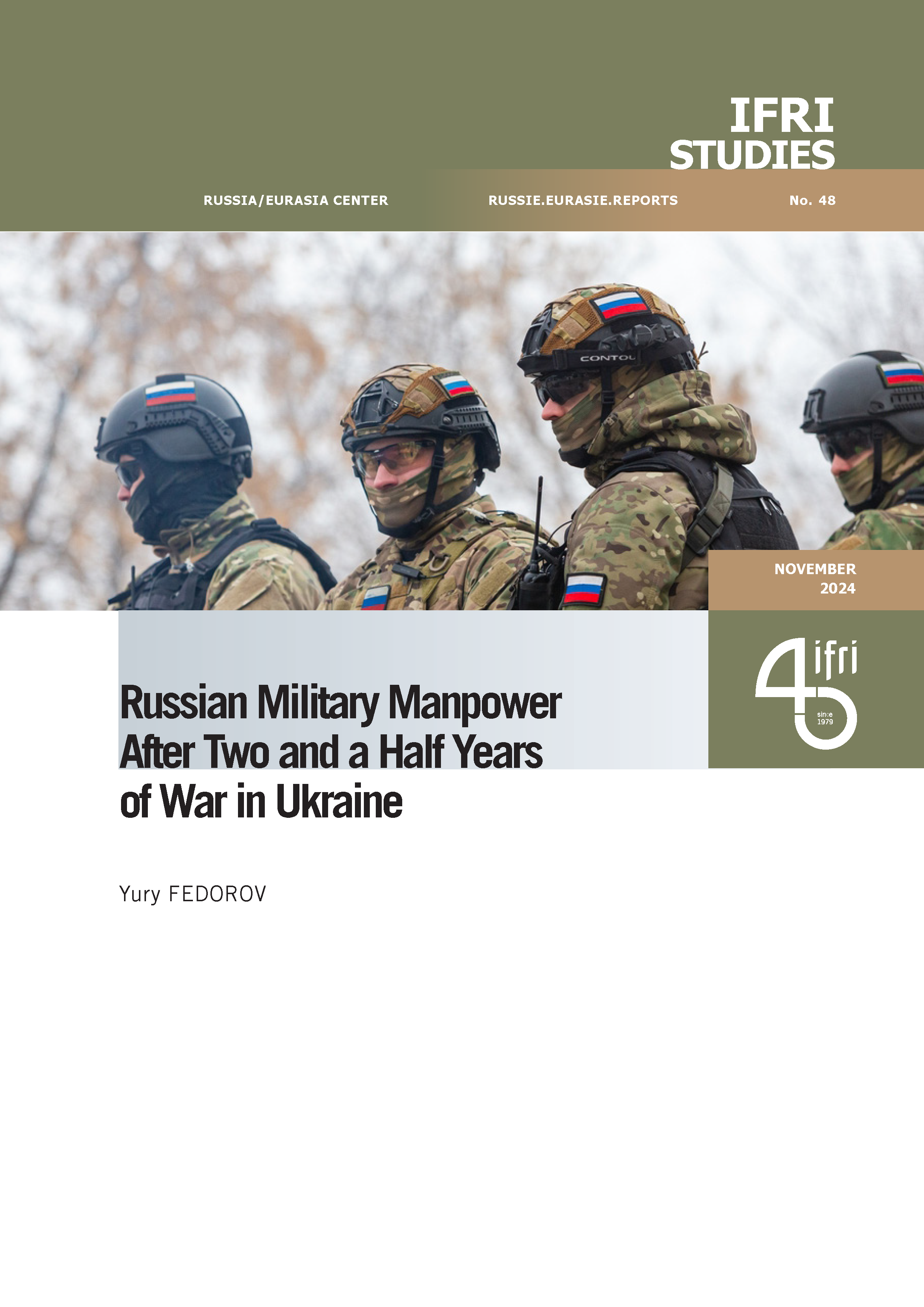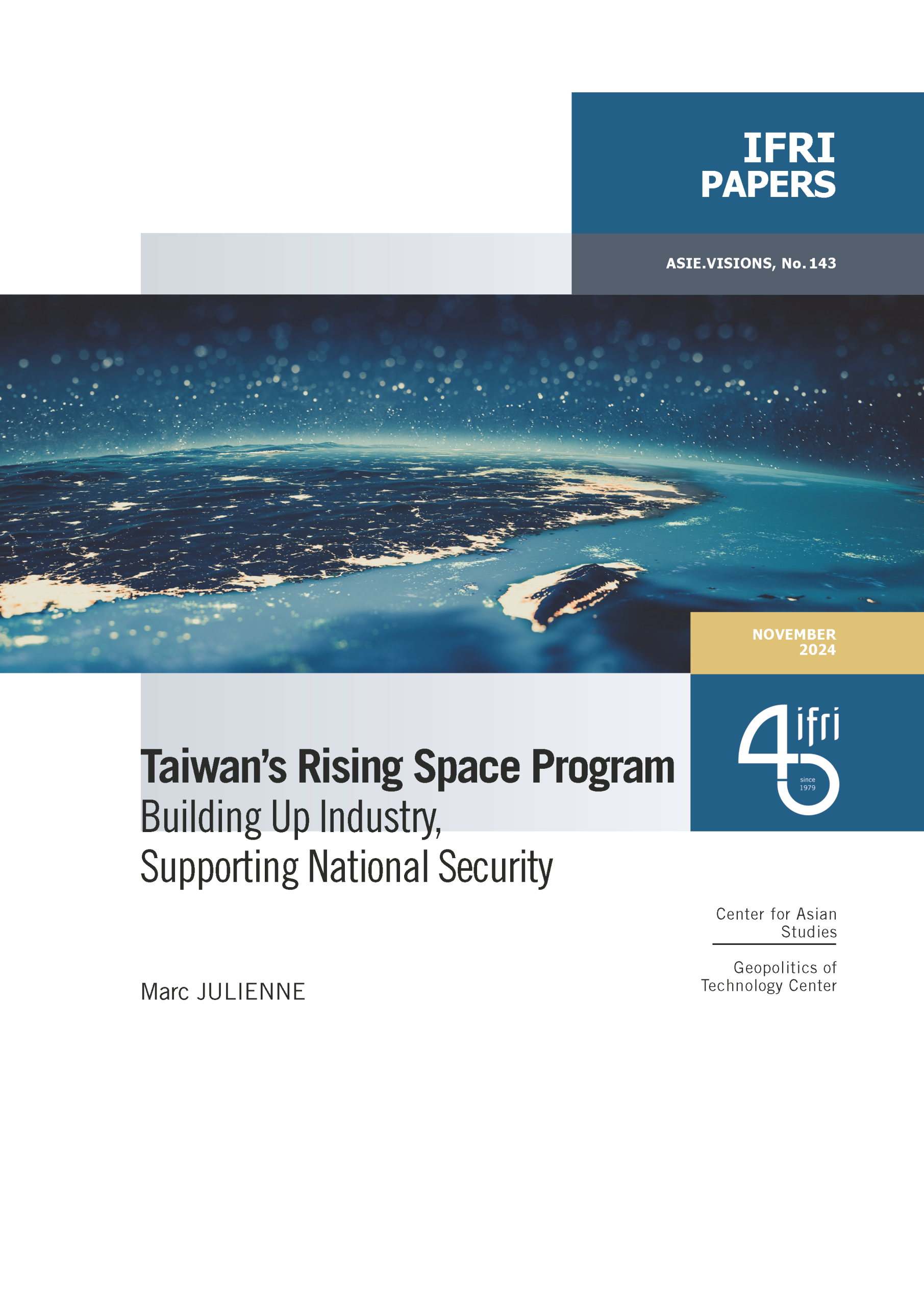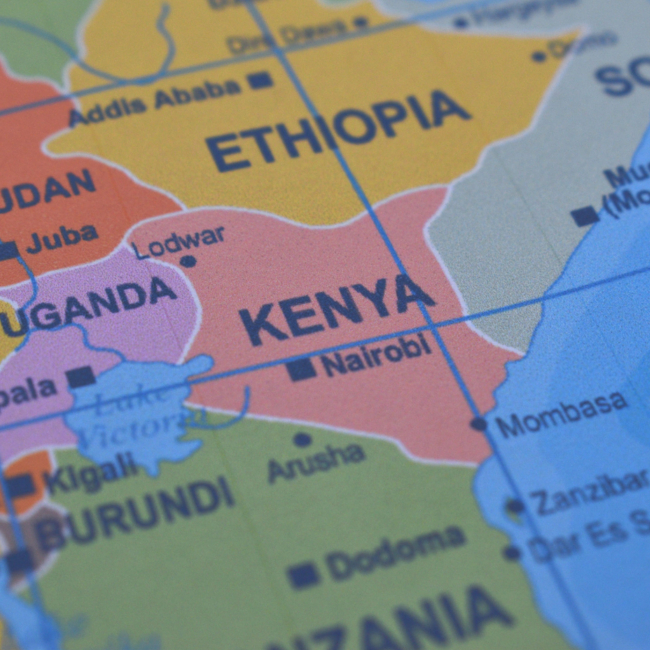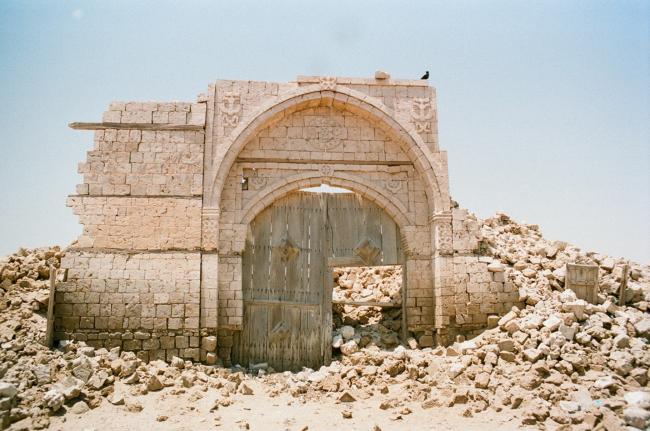Cross-border Dynamics in Terrorist Mobility and Infiltration along the East African Coastlines

This paper looks at how terrorism has thrived in the East African region, the evolving nature of criminality and terrorism, and the crime-terror nexus in the coastal and maritime areas of East Africa. The emphasis of the analysis is on the Kenyan coastal regions with a focus on three counties, namely, Kwale, Kilifi, and Lamu.

East African countries are among the 20 countries most impacted by terror threats as a result of state fragility, the prevalence of armed conflicts, underdevelopment, and the growth of extremism.[1] Terrorist networks have extensively exploited the maritime domain of the Indian Ocean. Transnational naval crimes, including maritime terrorism, piracy, human trafficking, smuggling of illicit goods, and Illegal, Unreported, and Unregulated (IUU) fishing, reveal the ugly facets of crime flows affecting the blue economies.[2] Terrorist groups on the East African Coast, such as Al-Shabaab in Puntland, Somalia and Islamic State in Mozambique (ISM),[3] are increasingly visible at sea due to poor maritime law enforcement in East Africa.[4]
Coastlines in the East African region have traditionally been viewed as potentially vulnerable sites concerning illegal drugs, arms, and human trafficking, as imagined by states and compounded by heightened fears in the global war on terrorism era.[5] Securing the maritime coastlines is pivotal for governments in the East African region, such as those of Somalia, Kenya, Tanzania, and Mozambique, as they are considered permeable to terrorist groups, traffickers, and smugglers alike.[6] Nevertheless, the need to study coastlines in maritime border areas to understand the current crime-terror nexus along the East African Coast as a site for terrorist activities[7] is underemphasized in the East African counterterrorism (CT) literature. Difficulties in studying the crime-terror nexus in the coastlines have been compounded by the fact that it has been problematic to distinguish crime activities from terrorist activities[8] as well as its social embeddedness in the local communities.[9]
Note produced by the French Institute for Research in Africa (IFRA-Nairobi) for the Directorate General of International Relations and Strategy (DGRIS) of the French Ministry of the Armed Forces as part of the East and Central Africa Observatory in partnership with IFRI.
[1]. T. Omenma and M. Onyango, “African Union Counterterrorism Frameworks and Implementation Trends among Member States of the East African Community”, India Quarterly: A Journal of International Affairs, Vol. 76, No 1, March 2020, pp. 103-119.
[2]. “All Economic Activities Related to Oceans, Seas and Coasts. It Covers a Wide Range of Interlinked Established and Emerging Sectors”, Definition as provided by the European Commission, available at: www.un.org.
[3]. D. Ginga, “Maritime Insecurity in Sub-Saharan Africa and Its Effects in the Economy of States”, Austral. Brazilian Journal of Strategy & International Relations, Vol. 9, No. 18, 2020, pp. 196-218; “Stemming the Insurrection in Mozambique’s Cabo Delgado”, Report No. 303, International Crisis Group, June 2021, available at: www.crisisgroup.org.
[4]. I. Zyl and T. Lycan, “East African Terror Groups are exploiting the seas: Analysis”, Eurasia Review, October 16, 2020, available at: www.eurasiareview.com.
[5]. “Responding to Potential Emerging Maritime Threat from IS in the Indian Ocean”, UNODC, 2020, available at: www.unodc.org; A. Rajput, “Maritime Security and Threat of a Terrorist Attack” Pace International Law Review, Vol. 34, No. 2, 2022, available at: https://doi.org.
[6]. N. Avdan, “Visas and Walls: Border Security in the Age of Terrorism”, Philadelphia: University of Pennsylvania Press, 2019; J. A. Winterdyk and K. W. Sundberg, “Border Security in the Al-Qaeda Era”, Boca Raton: CRC Press, 2010.
[7]. S. Ginsburg, “Countering Terrorist Mobility: Shaping an Operational Strategy”, Report Migration Policy Institute, February 2006.
[8]. F. S. Perry, T. G. Litchtenwald and P. M. Mackenzie, “Evil Twins: The Crime-Terror Nexus”, Forensic Examine, Vol. 18, No. 4, 2009, pp. 16-29.
[9]. H. Van de Bunt and D. Zaitch, “The Social Embeddedness of Organized Crime”, in: L. Paoli (ed.), The Oxford Handbook of Organized Crime, Oxford: Oxford University Press, 2014.

Available in:
Themes and regions
ISBN / ISSN
Share
Download the full analysis
This page contains only a summary of our work. If you would like to have access to all the information from our research on the subject, you can download the full version in PDF format.
Cross-border Dynamics in Terrorist Mobility and Infiltration along the East African Coastlines
Related centers and programs
Discover our other research centers and programsFind out more
Discover all our analysesKenya’s Spiritual President and The Making of a Born-Again Republic: William-Ruto, Kenya’s Evangelicals and Religious Mobilizations in African Electoral Politics
Over the last two decade, the growing influence of Evangelicals and their leaders in electoral politics is one of the most significant developments in the East African region and the Horn of Africa. Their numerical and demographic growth seems to go together with their growing influence in these countries’ political scenes, especially in the spheres of electoral politics, society, and governance.
Gulf States: A Paradoxical Economic Lifeline for Sudan
For decades, Gulf states have provided crucial financial assistance to Sudan. Gulf interest in Sudan is driven by economic benefits and geopolitical competition, though each country has its own interests and approach.
Kenya’s 2022 Election. Ruto’s Win and Intra-Elite Struggles
This paper aims to highlight how and why William Ruto won the 2022 presidential elections against Raila Odinga by focusing on his political strategy before, during and after the campaign.
Sudan in Turkey’s African Geopolitics: A Sotto Voce Experience in a Coveted Region
Since the launch of the Opening Plan to Africa in 2003, Turkey's African policy has spread to the whole of the African continent, where its involvement is distinguished by its scope and diversity.










